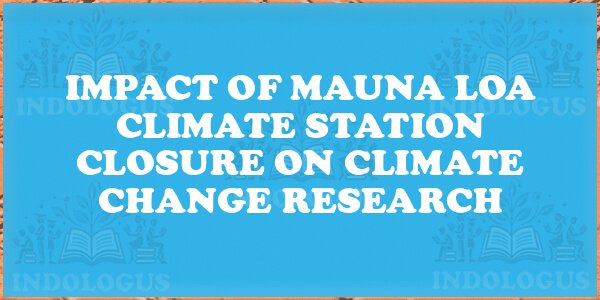For over 65 years, a small observatory atop Hawaii’s Mauna Loa volcano has been monitoring carbon dioxide (CO₂) levels in the atmosphere. This site has provided some of the strongest evidence that climate change is real and driven by human activity. However, the U.S. government now plans to cut its funding, putting this vital climate monitoring tool at risk of being shut down.
Importance of CO2 in Climate Change
Carbon Dioxide (CO2) is a crucial gas that contributes to the greenhouse effect by trapping heat in the atmosphere. Excessive CO2 leads to global warming, primarily from burning fossil fuels like coal, oil, and gas.
Significance of Mauna Loa Observatory
The Mauna Loa observatory, chosen in the 1950s by Charles Keeling, plays a pivotal role in measuring CO2 levels due to its clean air samples and remote location. The data collected over 65 years has been instrumental in tracking climate change through the renowned Keeling Curve.
Key Learnings from Mauna Loa Data
- CO2 levels consistently rise every year, indicating a significant impact from human activities such as burning fossil fuels.
- Initial observations showed seasonal fluctuations in CO2 levels, later revealing an overall upward trend regardless of the season.
Importance of Mauna Loa Station
- Provides one of the most extended and reliable climate records globally over 65 years.
- Helps track the rise of CO2 levels and assess the effectiveness of emission reduction efforts.
Potential Consequences of Shutdown
- Loss of essential climate data for accurate analysis.
- Increased difficulty in monitoring climate change trends and mitigation progress.
Impact of Rising CO2 Levels
Since the 1960s, CO2 levels have surged from 320 parts per million (ppm) to over 420 ppm today. This rise has led to more frequent and severe consequences such as hotter weather, stronger storms, rising sea levels, and increased wildfires and droughts.
Key Takeaways for Competitive Exams:
- Understanding the role of CO2 in the greenhouse effect.
- Recognizing the significance of long-term climate data from observatories like Mauna Loa.
- Grasping the impacts of rising CO2 levels on climate change.



